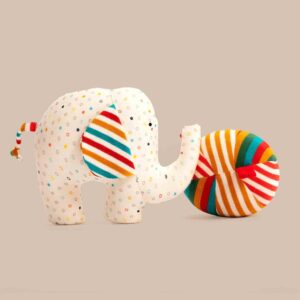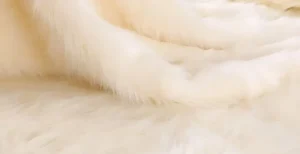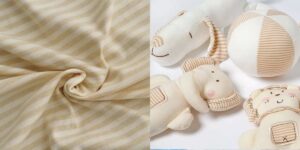Soft toys are loved worldwide for their comforting feel and playful charm. But what really goes into making these toys soft, safe, and durable? Understanding the materials used is key to producing plush toys that customers trust and enjoy.
Soft toys are made from a variety of fabrics and stuffing materials chosen for their softness, safety, and durability. Fabrics like polyester plush and cotton blends, combined with fillings such as PP cotton or recycled fibers, create toys that meet global safety standards and offer long-lasting comfort.
Let’s explore the essential materials behind soft toys and how they shape quality, safety, and cost.
1.What are the primary fabric types used in soft toy manufacturing?
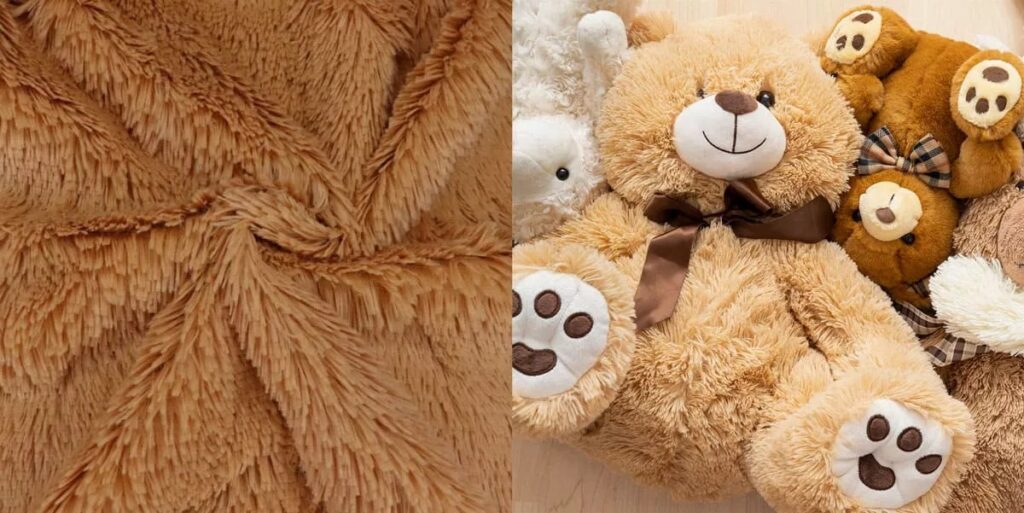
The outer fabric defines a soft toy’s look and feel. Common fabrics include polyester plush, velboa, minky, fleece, cotton blends, and velour.
Polyester plush is the most widely used due to its softness, durability, and cost-effectiveness. Velboa and minky offer ultra-soft textures ideal for premium toys. Cotton blends add natural softness and breathability, popular in eco-friendly ranges.
| Fabric Type | Description | Advantages |
|---|---|---|
| Polyester Plush | Soft, dense pile; durable | Cost-effective, easy care |
| Velboa | Short pile, smooth | Durable with pleasant texture |
| Minky | Ultra-soft, medium pile | Luxuriously soft for babies |
| Fleece | Lightweight, cozy | Breathable, warm |
| Cotton Blends | Natural fibers blended with polyester | Soft and hypoallergenic |
| Velour | Smooth, shiny surface | Luxurious feel and look |
These fabrics balance appeal and manufacturing practicality.
2.How do different stuffing materials affect the softness and safety of toys?
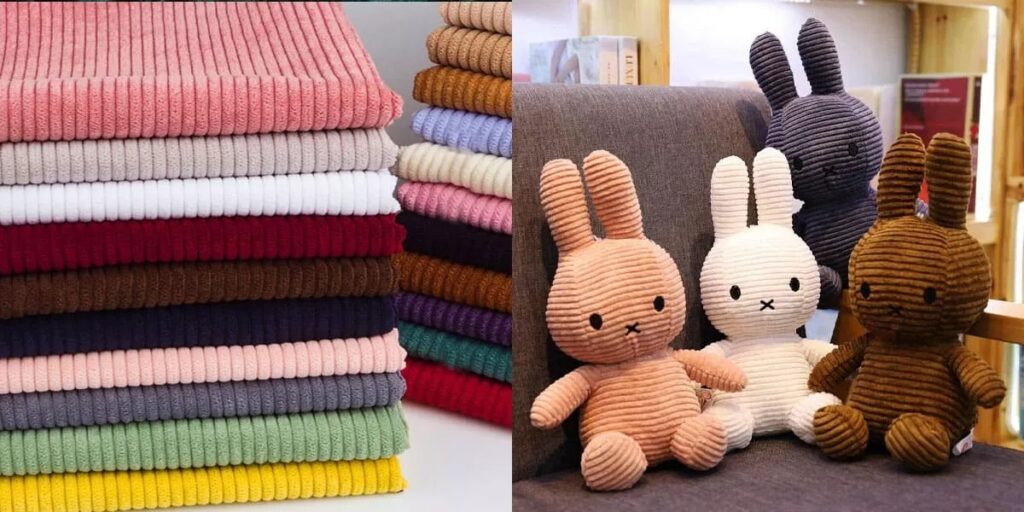
Stuffing shapes the plush toy’s softness and weight. Popular fillings include PP (polypropylene) cotton, polyester fiberfill, and recycled fibers.
PP cotton is soft, lightweight, and hypoallergenic, making it ideal for children’s toys. Polyester fiberfill offers resilience and shape retention. Recycled fibers contribute to sustainability while maintaining comfort and safety.
- PP Cotton: Fluffy and soft, resistant to allergens, and easy to clean.
- Polyester Fiberfill: Durable and springy, maintains shape after use.
- Recycled Fibers: Eco-friendly alternative, reducing waste.
| Stuffing Material | Softness | Safety & Sustainability | Durability |
|---|---|---|---|
| PP Cotton | Very soft | Hypoallergenic | Good |
| Polyester Fiberfill | Soft and resilient | Synthetic, non-toxic | Excellent |
| Recycled Fibers | Comparable softness | Reduces environmental impact | Slightly less durable |
Choosing the right stuffing impacts comfort and long-term toy value.
3.Which materials comply with international safety standards like CE and ASTM?
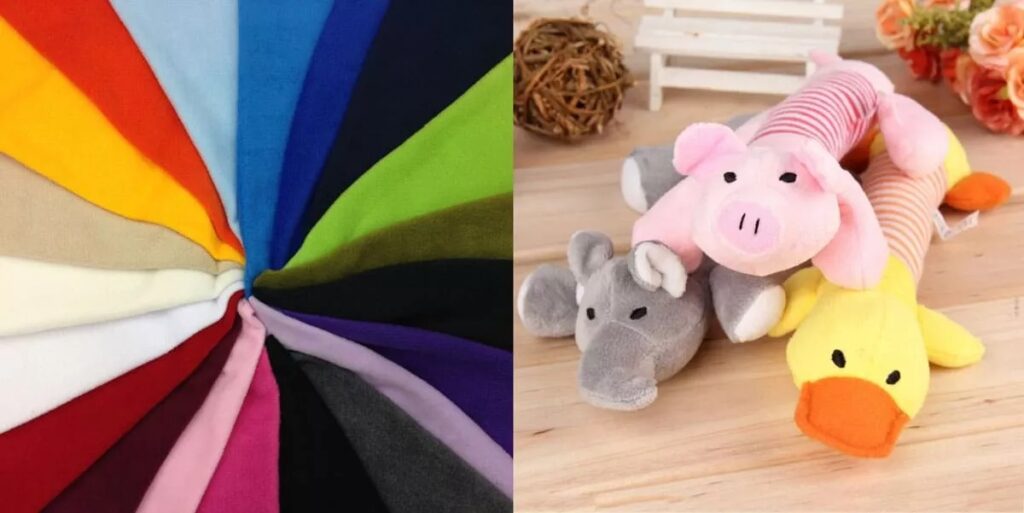
Safety certifications require materials to be non-toxic, flame-resistant, and mechanically safe. Fabrics and fillings must meet limits on lead, phthalates, and flammability.
Materials certified by OEKO-TEX, GOTS, or tested under ASTM F963 and CE standards ensure safe contact with children and compliance with global markets. Only approved materials should be used in production.
- Chemical Safety: No harmful dyes or metals allowed.
- Flammability: Fabrics must pass fire resistance tests.
- Mechanical Safety: Fillings and fabric must not shed or detach.
- Certification Bodies: OEKO-TEX, GOTS verify eco and health safety.
| Certification | Focus | Material Requirements |
|---|---|---|
| ASTM F963 | US toy safety | Limits on toxins, flammability |
| CE | European safety standard | Chemical and mechanical safety |
| OEKO-TEX | Textile safety | Free from harmful substances |
| GOTS | Organic textile standard | Sustainable and safe fibers |
Compliance is key to safe toys and global market access.
4.How do material choices impact the durability and maintenance of soft toys?
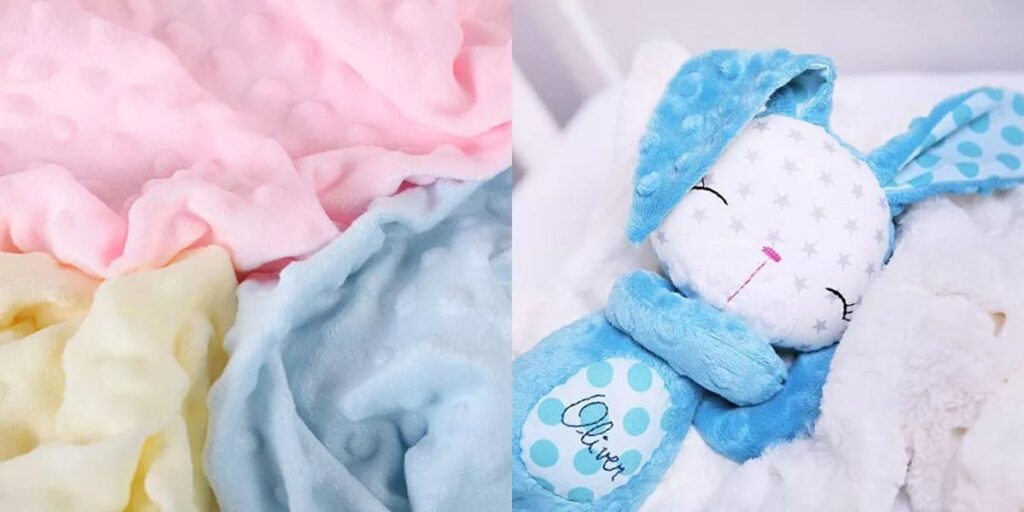
The right fabrics and fillings extend plush toy lifespan and ease cleaning. Durable fabrics resist pilling and color fading; quality fillings keep shape after wash and play.
Polyester fabrics and fiberfill resist wear and dry quickly, making them low maintenance. Natural fibers may require delicate care but appeal to eco-conscious buyers. Balance between durability and user convenience influences customer satisfaction.
- Fabric Resilience: Tight weave fabrics withstand friction better.
- Colorfastness: High-quality dyes prevent fading.
- Filling Stability: Resistant to clumping and flattening.
- Cleaning Ease: Machine washable materials are preferred.
| Material Feature | Durability | Maintenance |
|---|---|---|
| Polyester Plush | High | Machine washable, quick dry |
| Cotton Blends | Moderate | Gentle wash recommended |
| PP Cotton Filling | Maintains softness | Easy to fluff after wash |
| Recycled Fibers | Slightly less durable | Similar care to polyester |
Proper material choice supports long-term toy value and customer trust.
5.What innovations are emerging in eco-friendly and hypoallergenic materials?
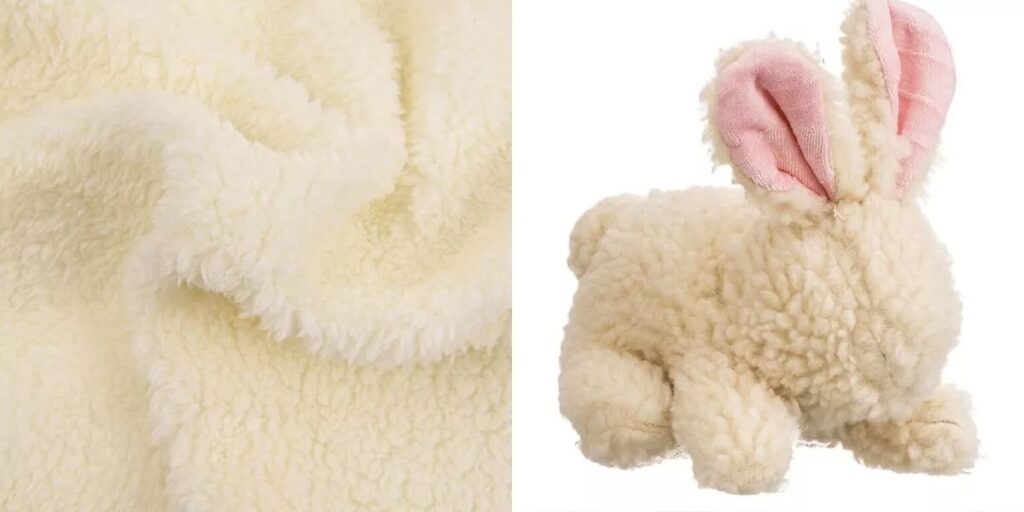
Sustainability drives innovation. Organic cotton, recycled polyester, and plant-based fibers gain popularity. Hypoallergenic treatments and antimicrobial finishes improve safety and freshness.
Eco-friendly fibers reduce environmental impact, while hypoallergenic enhancements help sensitive children enjoy plush toys safely. These innovations align with consumer demand and regulatory trends.
- Organic Fibers: Grown without pesticides, gentler on skin.
- Recycled Polyester: Converts plastic waste into soft fibers.
- Antimicrobial Finishes: Prevent odor and bacteria growth.
- Plant-Based Fibers: Renewable and biodegradable alternatives.
| Innovation Type | Benefit | Market Trend |
|---|---|---|
| Organic Cotton | Safe and sustainable | Premium eco-friendly products |
| Recycled Polyester | Waste reduction | Growing environmental focus |
| Antimicrobial Finish | Hygiene improvement | Baby and healthcare sectors |
| Plant-Based Fibers | Renewable resource | Innovation-driven brands |
Integrating these materials future-proofs plush toy production.
6.How do manufacturers select materials to balance cost, quality, and safety?
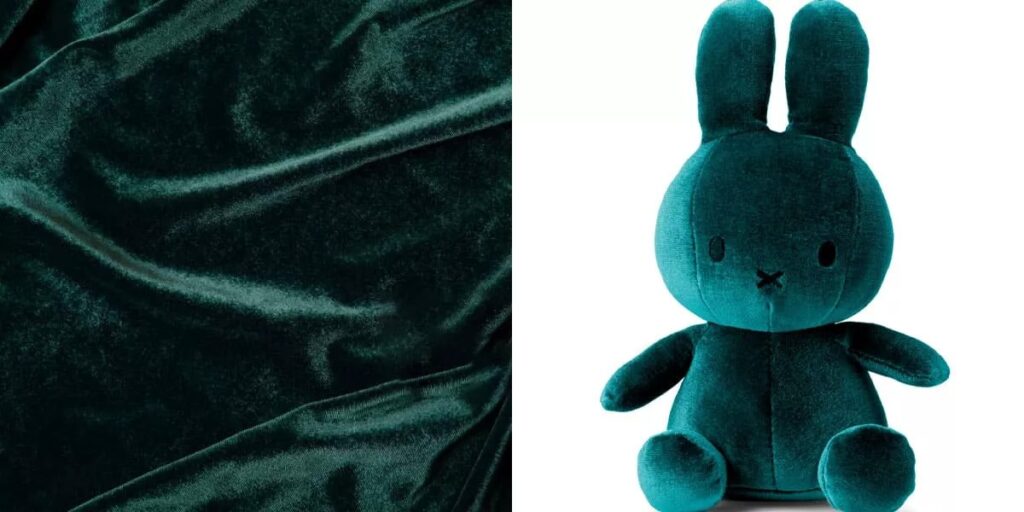
Material choice balances affordability, performance, and regulatory compliance. Manufacturers analyze target markets and customer expectations to source optimal fabrics and fillings.
Sourcing trusted suppliers offering certified materials, negotiating bulk pricing, and maintaining strict quality control help keep costs manageable while delivering safe, appealing soft toys.
- Market Analysis: Understand price sensitivity and quality demands.
- Supplier Vetting: Ensure certifications and consistent quality.
- Cost Management: Prioritize essential features, limit luxury extras.
- Quality Assurance: Regular testing to prevent defects.
| Factor | Impact | Business Outcome |
|---|---|---|
| Market requirements | Guides material specs | Meets customer needs |
| Supplier reliability | Ensures material consistency | Reduces production issues |
| Cost vs Quality | Optimizes profit margins | Competitive pricing |
| Quality control | Maintains brand reputation | Builds customer loyalty |
A thoughtful approach delivers the best results for manufacturers and buyers alike.
Conclusion
Soft toys require carefully chosen fabrics and fillings to balance softness, safety, durability, and cost—key to winning in global markets.
For expert guidance on soft toy materials and production, contact [email protected] or visit Kinwin Plush Toys.





